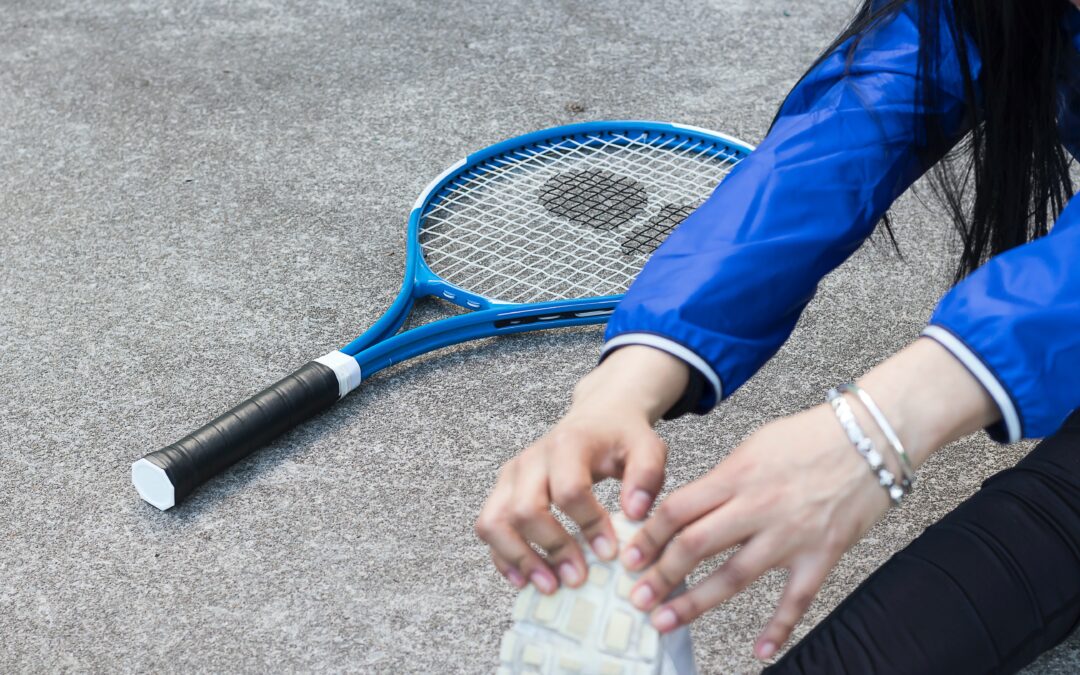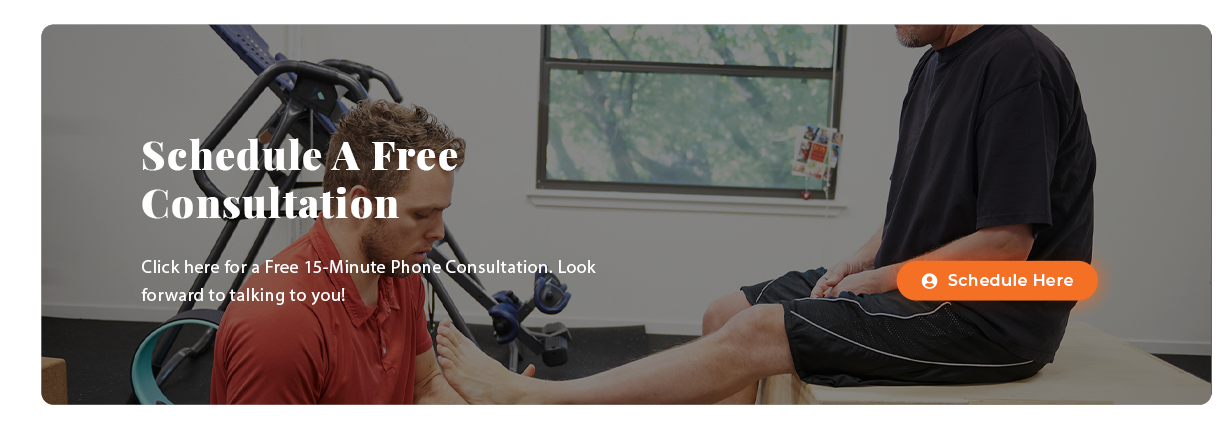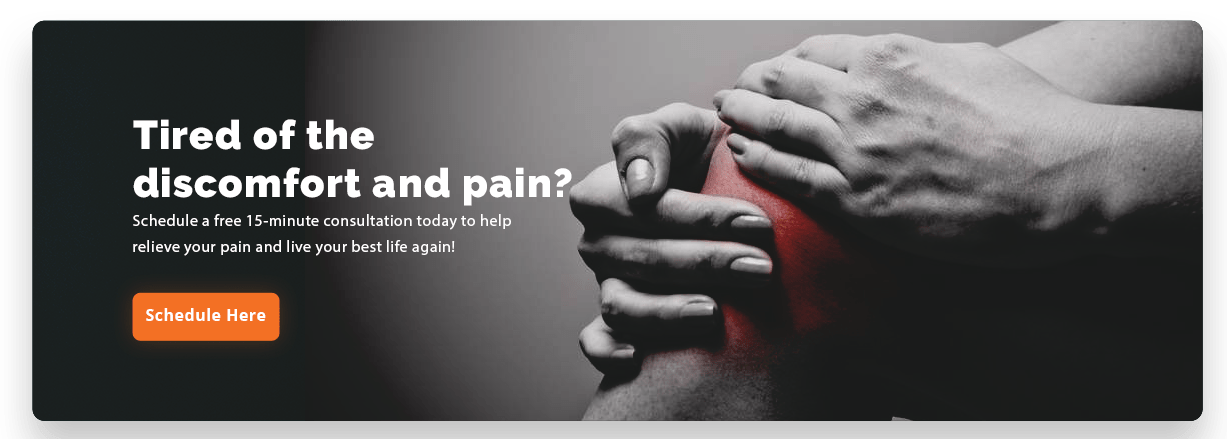“Tennis Elbow is easily curable, and here’s how: Switch to playing ping-pong. Sure, the pain is still
there, but now it’s Ping-Pong Elbow, and that’s so silly it might make you rethink your hobbies, which
might turn you into a duck farmer.” – Jarod Kintz
While it is easy to make light of tennis elbow, those who suffer from it find little to laugh at.
Tennis elbow, also known as lateral epicondylitis, is a painful condition that affects the elbow. It is
caused by the overuse of the forearm muscles and tendons that attach to the lateral epicondyle, a bony
prominence on the outside of the elbow. Tennis elbow can cause pain, tenderness, and weakness in
the affected arm, to the extent that can interfere with daily activities.
Tennis Elbow: The Cause Behind the Pain
- Tennis elbow is typically caused by repetitive stress on the forearm muscles and tendons that attach to
the lateral epicondyle, one of several bony bumps at the bottom of the humerus, or the elbow. This
repeated stress can cause tiny tears in the tendons, leading to pain and inflammation.
Some of the more common causes of tennis elbow include:
- Incorrect technique when performing certain activities can also contribute to the development of
tennis elbow. For example, using a backhand stroke in tennis with poor technique can put
excessive strain on the forearm muscles and tendons. - Overuse of the forearm muscles and tendons or a sudden increase in activity levels can also
contribute to the development of tennis elbow. - Poor posture and ergonomics when performing activities such as using a computer or using
hand tools can also put excessive strain on the forearm muscles and tendons, leading to tennis
elbow.
Tennis elbow is also more common in individuals between the ages of 30 and 50 and afflicts more men
than in women. The good news is that tennis elbow is treatable.

The Role of Supportive Therapy for Tennis Elbow
Supportive therapy is an important part of the treatment of tennis elbow. The goal of supportive therapy
is to reduce pain and inflammation, promote healing, and prevent further injury.
Here are some supportive therapies that can be helpful for tennis elbow:
1. Rest and activity modification: Rest is essential for the healing of tennis elbow. Avoiding
activities that cause pain and using the affected arm less can help to reduce inflammation and
promote healing. It may also be helpful to modify activities to reduce the strain on the forearm
muscles and tendons.
2. Ice therapy: Applying ice to the affected area can help to reduce pain and inflammation. Ice
should be applied for 10 to 15 minutes at a time, several times a day.
3. Compression: Compression can help to reduce swelling and provide support to the affected
area. A compression bandage or elbow brace may be recommended by a healthcare
professional.
4. Physical therapy: Physical therapy can help to strengthen the forearm muscles and improve
flexibility. This can help to reduce pain and prevent further injury. Physical therapy may include
exercises, stretches, and manual therapy.
5. OTC medications: Over-the-counter pain relievers such as ibuprofen or acetaminophen can be
helpful in reducing pain and inflammation associated with tennis elbow. Topical creams and gels
may also be used to help reduce pain.
6. Corticosteroid injections: Corticosteroid injections may be recommended for severe cases of
tennis elbow. These injections can help to reduce inflammation and pain, but they should be
used with caution as they can have side effects.
7. Platelet-rich plasma (PRP) therapy: PRP therapy involves injecting platelet-rich plasma into
the affected area. Platelets contain growth factors that can help to promote healing and reduce
inflammation.
8. Extracorporeal shock wave therapy (ESWT): ESWT is a non-invasive treatment that uses
shock waves to stimulate healing in the affected area. This treatment may be recommended for
chronic cases of tennis elbow.
In addition to these supportive therapies, it is important to address any underlying issues that may be
contributing to the development of tennis elbow.
For example, poor ergonomics at work or during sports activities can contribute to the development of
tennis elbow. By addressing these issues, it may be possible to prevent further injury and promote
healing.
However, in some cases, more invasive treatments such as surgery may be necessary.
Pain and Performance Solutions: For Relief of Chronic Joint Pain
Here are some examples of evidence that support the effectiveness of physical therapy for lower back pain relief:
- A systematic review and meta-analysis published in the Annals of Internal Medicine in 2017 concluded that physical therapy was associated with significant improvements in pain and function for patients with chronic low back pain.
- A randomized controlled trial published in JAMA in 2017 found that physical therapy was as effective as surgery for treating lumbar spinal stenosis, a common cause of lower back pain in older adults.
- A randomized controlled trial published in the New England Journal of Medicine in 2020 compared physical therapy, medical management, and a combination of the two for patients with low back pain. The study found that physical therapy was associated with greater improvements in pain and function compared to medical management alone.
- A Cochrane review published in 2015 concluded that exercise therapy, which is often used in physical therapy, can be effective in reducing pain and improving function in patients with chronic low back pain.
The available evidence strongly suggests that physical therapy can be an effective treatment for lower back pain relief.
It is important to note that the success of physical therapy depends on a variety of factors, including the specific cause of the individual’s lower back pain and their adherence to the treatment plan. If you are suffering from ongoing or severe LBP, it is strongly recommended that you consult with a qualified healthcare professional before starting any new treatment.
Pain and Performance Solutions: Your Destination for Relief of Lower Back Pain
For joint pain such as tennis elbow, the first step to finding pain relief is for us to learn about you and
your pain issues. During your first appointment with us, we’ll ask you a series of questions to learn
more about your present discomfort as well as any history of pain.
Afterward, we’ll conduct a full examination to determine which form of treatment is needed to help you
on your road to recovery. And one of the most effective treatments for many soft tissue and joint pain
issues such as lateral epicondylitis is Active Release Techniques® or ART®.
But, like any condition, successfully using ART® to achieve pain relief only begins once we have a full
understanding of how and where your pain started. Oftentimes the cause isn’t readily known such in the
case of tennis elbow, for example.
Your trust in us is key, as is your openness and honesty. Ultimately, getting your body working properly
and healthy is the only way to achieve total recovery. So, don’t hesitate to reach out. We are here to
help and will answer any questions that you may have.
You can reach us at (707) 636-4404 or by filling out our online contact form.


